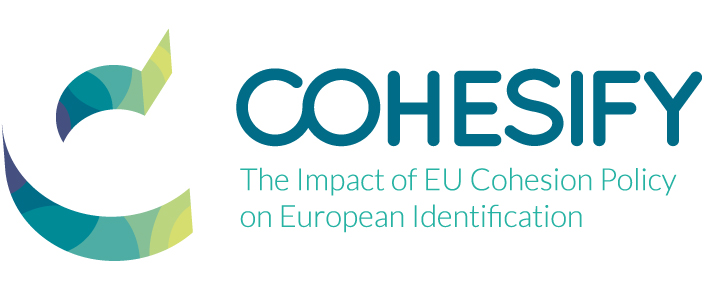 Fresh from the print, a new paper by Marcin Dąbrowski, Marjolein Spaans, Ana Maria Fernandez-Maldonado & Roberto Rocco has just been published in European Planning Studies. The paper builds on the Horizon 2020 project COHESIFY which explored the links between EU’s investment in regional and local development via Cohesion Policy and the ways in which the citizens perceived the EU. In other words, can EU money buy EU love? The answer, as usual is not straightforward. Especially in the more developed regions like Limburg and Flevoland that we looked at. In line with the other work done in COHESIFY, our conclusion is that the magnitude of funding is critical for this capacity of Cohesion Policy to boost positive attitudes towards the EU. We also found, however, that perhaps equally important is the way in which EU funding programmes are implemented and how their results are communicated to the citizens, which both influence the awareness of EU investment in people’s regional or local ‘backyards’.
Fresh from the print, a new paper by Marcin Dąbrowski, Marjolein Spaans, Ana Maria Fernandez-Maldonado & Roberto Rocco has just been published in European Planning Studies. The paper builds on the Horizon 2020 project COHESIFY which explored the links between EU’s investment in regional and local development via Cohesion Policy and the ways in which the citizens perceived the EU. In other words, can EU money buy EU love? The answer, as usual is not straightforward. Especially in the more developed regions like Limburg and Flevoland that we looked at. In line with the other work done in COHESIFY, our conclusion is that the magnitude of funding is critical for this capacity of Cohesion Policy to boost positive attitudes towards the EU. We also found, however, that perhaps equally important is the way in which EU funding programmes are implemented and how their results are communicated to the citizens, which both influence the awareness of EU investment in people’s regional or local ‘backyards’.
Our results suggest that “the level of awareness of Cohesion Policy among the citizens, a precondition for Cohesion funding having an impact on their views” and that that “level of awareness of citizens of Cohesion Policy interventions in both [Limburg and Flevoland] regions was very low.”
On the role of communication we found that
“communication policy in our cases focused not on the citizens, not on conveying how Cohesion Policy funding had positive impacts on their opportunities, communities or living environment, but rather it targeted the potential applicants for funding. This seems to be a missed opportunity to boost positive EU identification and EU support among the citizens. Targeting citizens in communication would entail a certain trade-off because resources spent on this would not be used actual implementation of projects. Supporting more projects could matter for Cohesion Policy’s impact on EU identification, but only if awareness of those interventions would be boosted through citizen-oriented communication.”
While on policy implementation we argue that
“the Netherlands chose a multi-regional structure of ROPs, which resulted in fragmentation of funding streams, hindered the visibility of the programmes at the scale of the provinces and made the benefits from funding invested less tangible for the specific provinces involved. This further limits the potential effect of Cohesion Policy funding on EU identification and EU support in the Dutch regions. The visibility of the funding for the citizens was further lowered by the focus of intervention. In both cases, funding concentrated on the, arguably, least visible kinds of interventions, such as support for SMEs and for boosting innovation (as opposed to the much more visible investment in infrastructure or the quality of the built environment).”
In conclusion,
“the Netherlands […] is one of countries whose net contributions to the EU budget exceed funds received, and where Cohesion funds are not a significant part of the total investment in infrastructure and development. Therefore, Cohesion Policy does not easily ‘buy love’ for the EU project among Dutch citizens. “

Conceptual framework used for the study
Have a look at the full paper here: https://www.tandfonline.com/doi/full/10.1080/09654313.2020.1805413

